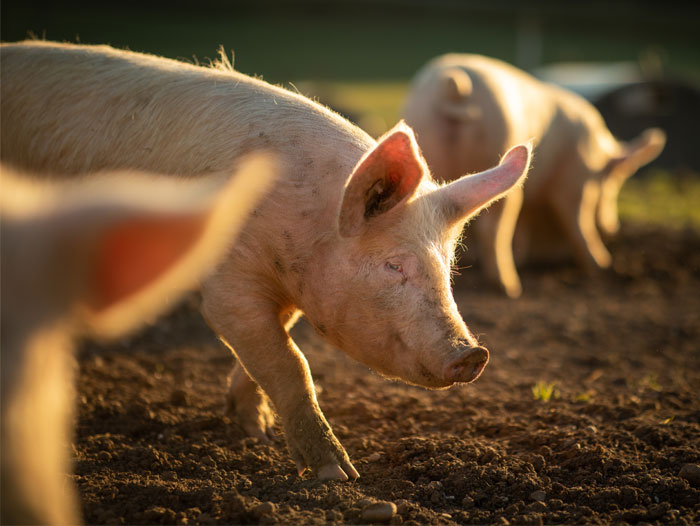Global Pork Quarterly Q1 2024: Markets Remain Under Pressure
February 14, 2024 | 1 min to read
Production in 2024 is expected to slow as the sow herd contracts in key regions like China, the US, and parts of Europe, leading to stagnant or declining output due to disease pressures and market challenges. However, easing feed prices offer some relief, with corn and soybean prices dropping by 15% to 25% over the past year. Improvements in productivity are anticipated through better management and genetic advancements.

Production will slow in 2024 as the sow herd contracts in the main production regions. This trend is expected to result in a decline or flat production throughout 2024, with disease pressures adding to the industry’s challenges. Despite production woes, there is a bright spot as feed prices continue to ease. Meanwhile, pork consumption remains resilient.
Following various challenges in 2023, several growing regions will continue to reduce their sow herds in 2024, albeit at different paces. China, the US, and some European countries will likely experience declining or flat production this year, as their sow herds were smaller at the end of 2023. Disease pressure will further depress the production outlook across the globe. Other challenges, such as negative profit margins, oversupply and weak demand, are also important drivers of destocking. Meanwhile, productivity will continue to improve in 2024, driven by genetic gains, better farm management and cost reduction strategies.
Corn and soybean prices have declined by 15% to 25% over the past 12 months. Further price declines of feed grains are possible given the stagnant demand and rising inventory globally, although the weather could potentially change the direction of supply and price movements beyond Q1.
To read the rest of the story, please go to: Rabobank
